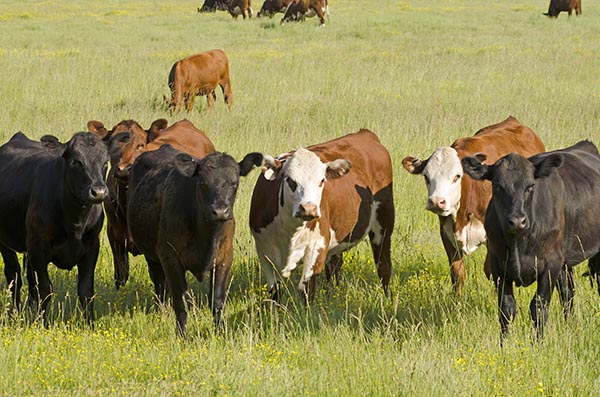Mexico and U.S. reaffirm commitment to animal health in the region
The Mexican Ministry of Agriculture and the U.S. Department of Agriculture have reaffirmed their commitment to work to promote animal health and disease prevention in the livestock sector through the Mexican-American Commission for the Prevention of Foot-and-Mouth Disease and Other Exotic Animal Diseases (CPA).

This was announced during the 41st meeting of the CPA Commissioners under the leadership of the Chief Director of the National Health, Safety and Food Quality Service (Senasica) Javier Calderon Elizalde and Michael Watson, Administrator of the United States Department of Agriculture's Animal and Plant Health Inspection Service (APHIS).
At the meeting, the head of Senasica stressed that Mexico and the United States have united as a single sanitary and commercial region with common goals in animal health issues.
He recalled that the CPA originated as a tool of cooperation between the two countries to eradicate foot-and-mouth disease, and 75 years after its creation, it has contributed to the eradication, prevention and control of diseases that affect the production of animal products in the region, and in countering others that also pose a risk, for example, highly pathogenic avian the flu.
The CPA is also a health emergency oversight and response agency and has become a hub for international cooperation that has contributed to economic development in the North American region. This bilateral cooperation has played a key role in protecting borders to prevent pests and diseases from entering the region and has ensured safe commercial exchange.
At the beginning of the second half of 2024, the cooperation agreement on the basis of which the CPA was created will be updated.
In 2023, CPA staff made more than 15,000 visits to contact points across the country, listened to more than 1,000 notifications of suspected diseases and organized 141 training events, mainly on the identification of exotic diseases.
Source: emeat by materials pig333.com